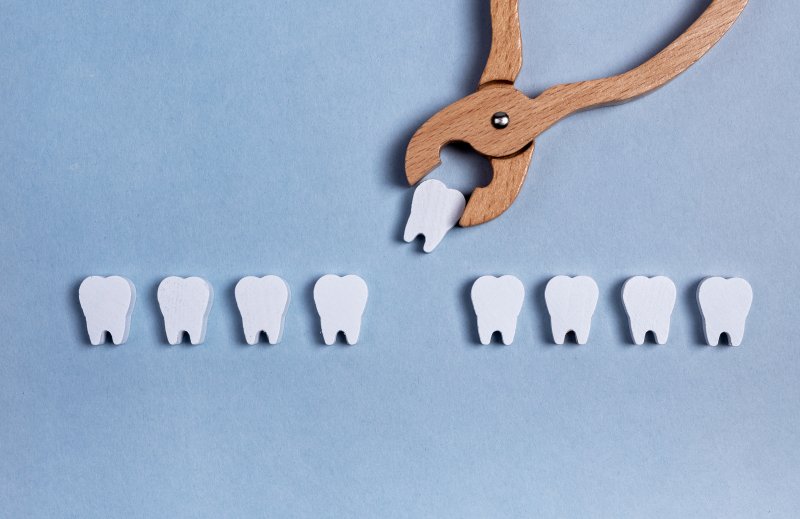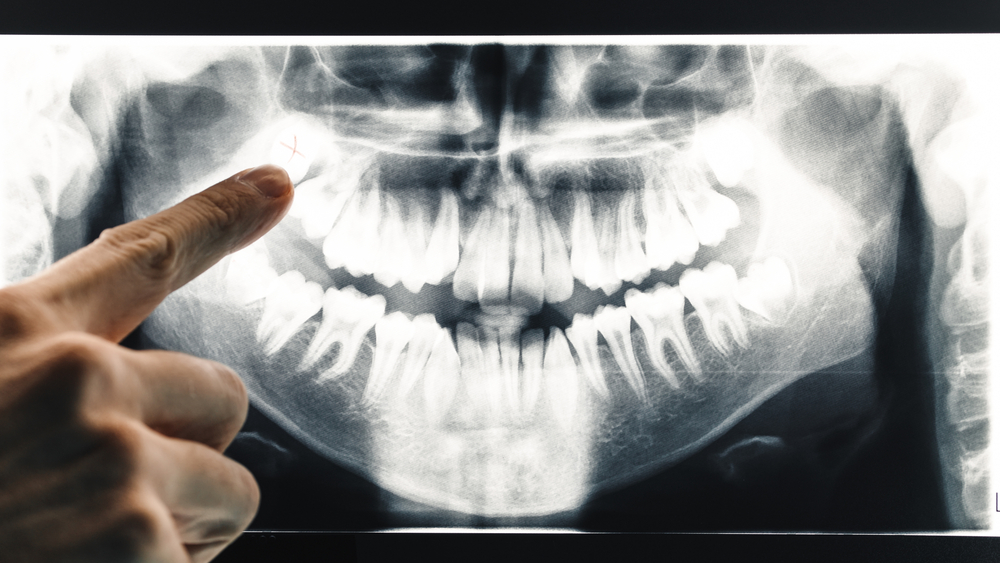
Wisdom teeth, also known as third molars, are the last set of teeth to emerge, typically making their appearance in our late teens or early twenties. While they may have been essential for our ancestors who had a much tougher diet, modern lifestyles and evolved dental structures often mean there’s not enough room for them in our mouths.
As a result, these late bloomers can sometimes cause more harm than good. From painful impactions to potential infections, there are several signs that indicate it might be time to part ways with your wisdom teeth.
In this blog, we’ll delve into the top 7 signs that suggest you might need your wisdom teeth removed.
What are Wisdom Teeth?
Wisdom teeth, commonly referred to as the 3rd molars, are the last set of molars to emerge in our oral cavity. They typically make their debut between the ages of 17 and 25. This late appearance has earned them the name “wisdom teeth”, suggesting they emerge when one is older and, presumably, wiser. Among the standard set of 32 teeth that most individuals possess, these are the final ones to break through the gums.
Historical Significance of Wisdom Teeth
In earlier stages of human evolution, wisdom teeth might have had a more pivotal role. As teeth were lost due to various circumstances, the remaining ones would drift forward, paving the way for the wisdom teeth. They possibly acted as replacements, ensuring effective mastication. However, with the advent of modern dental care and improved health standards, the functional importance of wisdom teeth in today’s society has considerably waned.
Functionality and Common Issues with Wisdom Teeth
The primary powerhouses behind our chewing ability are the premolars and the first molars. The second molars further enhance this capability and lend support to the bite. While fully erupted and properly positioned wisdom teeth can also offer bite support, their location at the mouth’s rear limits their contribution to chewing.
However, wisdom teeth often come with their set of challenges:
- They might not emerge fully or might grow in problematic orientations.
- Misalignments can lead to the accumulation of plaque.
- Resulting inflammation can trigger gum disease and decay.
- They can exert undue pressure on the neighboring second molar, leading to pressure resorption.
- They can cause the misalignment of other teeth.
Given these potential complications, the relevance of wisdom teeth in contemporary dental health often leans more towards being problematic than beneficial.

Why would someone need their wisdom teeth removed?
People often need their wisdom teeth removed when they cause problems. Wisdom tooth related issues may include: poor position after eruption, decay, gum disease, inflammation, pressure resorption on other teeth, movement of other teeth, a bad taste in the mouth, bad breath, and difficulty with opening.
Here Are The Top 7 Signs You Need Your Wisdom Teeth Removed
Tooth is Partially Erupted and Sideways
When a wisdom tooth is only partially erupted and grows in sideways, it can create several issues. The surrounding gums often become inflamed due to the accumulation of food particles and plaque. This not only makes the area prone to bacterial infections but can also lead to decay on both the wisdom tooth and the adjacent second molar. Over time, this can escalate to more severe dental problems, including an abscess, and gum disease.
Pain While Chewing
A partially erupted or impacted wisdom tooth can exert pressure on the neighboring teeth. This, combined with inflammation around the erupting tooth, can result in significant discomfort and pain while chewing. If you notice a sharp or persistent pain when eating, it might be due to your wisdom teeth.
Crooked Tooth
As a tooth emerges, it’s surrounded by an eruption follicle. If the tooth is misaligned or crooked and can’t fully erupt, this follicle might persist, leading to swelling in the area. This not only causes discomfort but can also be a source of irritation and potential infection.
Pressure Resorption
Wisdom teeth that erupt too close to another tooth or in a misaligned manner can lead to a phenomenon called pressure resorption. This means the pressure from the erupting wisdom tooth can cause the adjacent tooth to weaken, get damaged, or in severe cases, be lost entirely. It’s essential to monitor such growth patterns to prevent damage to other teeth.
Cysts or Tumors
An impacted wisdom tooth can sometimes lead to the formation of cysts or even benign tumors in the jawbone. These growths can damage surrounding bone and tissues. If not addressed in time, more complex surgical interventions might be required to treat the affected areas.
Frequent Infections
Wisdom teeth, especially those that are impacted or partially erupted, can become breeding grounds for bacteria. This can result in frequent infections characterized by pain, swelling, and even bad breath. If you’re experiencing recurrent infections or persistent bad breath, it might be time to consider wisdom tooth removal.
Crowding
The emergence of wisdom teeth can lead to crowding if there’s insufficient space in the mouth. This can push other teeth out of their natural positions, causing bite issues and aesthetic concerns. Removing the wisdom teeth can help maintain the alignment of the other teeth and prevent further dental complications.
The Wisdom Teeth Removal Process
Wisdom teeth removal is a common dental procedure, but understanding the process can help alleviate any apprehensions. Here’s a step-by-step breakdown of what to expect:
Consultation with a Dental Professional
Before any procedure, it’s essential to consult with a dental expert to assess the need for removal. Begin by discussing your concerns and symptoms.

Wisdom Teeth Imaging
Proper imaging is the foundation of a successful wisdom teeth removal. It ensures the dentist has a clear view of the teeth and surrounding structures. Here are a couple of different types of Wisdom teeth imaging options
- Standard: A panoramic x-ray showcasing the teeth and jaws.
- Advanced: If the teeth are near vital structures like nerves, arteries, or sinuses, 3D (CBCT) imaging becomes the standard.
Extraction Procedure
For a surgically trained dental professional, wisdom teeth removal is generally straightforward. However, the extraction process varies based on the tooth’s position and condition.
- Fully Erupted Teeth: These are first loosened by elevation and then extracted using forceps.
- Impacted Teeth: Access might require going through soft tissue and bone. Sedation is commonly suggested for such extractions.
Post-Surgery Recovery
After the procedure, proper care ensures a smooth and pain-free recovery. Following the dentist’s guidelines can prevent complications and ensure healing.
- Immediate Aftercare
- Rest and avoid strenuous activities for a few days.
- Healing Process
- Allow the blood clot to form, which is crucial for healing.Bone regrows from the socket walls, and gums cover it.
- Gums typically take about 2 weeks to seal the socket.
- Potential Complications
- Smoking can lead to “dry socket” (alveolar osteitis).
- Dietary Recommendations
- Avoid extremely hot, cold, or spicy foods.
- Pain Management
- Over-the-counter pain relievers like Ibuprofen or acetaminophen are commonly recommended.
- A narcotic pain reliever might be prescribed for severe pain.
By understanding and following each step, patients can ensure a successful and comfortable wisdom teeth removal experience.

Schedule an Appointment To Get Your Wisdom Teeth Checked
It’s always best to take care of problems early, or before they occur. If you’re having wisdom tooth trouble, it’s best to go for a consultation. A general dentist or oral surgeon will be able to take some imaging and then let you know what’s going on, and what to do about it.
If you’re having wisdom tooth problems, or if you have questions, call Complete Dental Care today! They can get you scheduled for a consultation with Dr. Rodda, where he will evaluate your situation, inform you of what’s going on, and give you some options.

